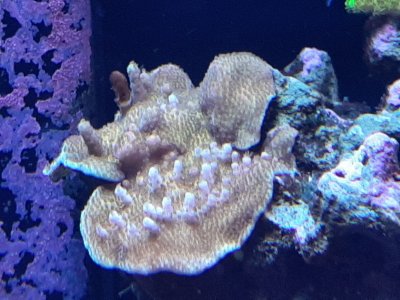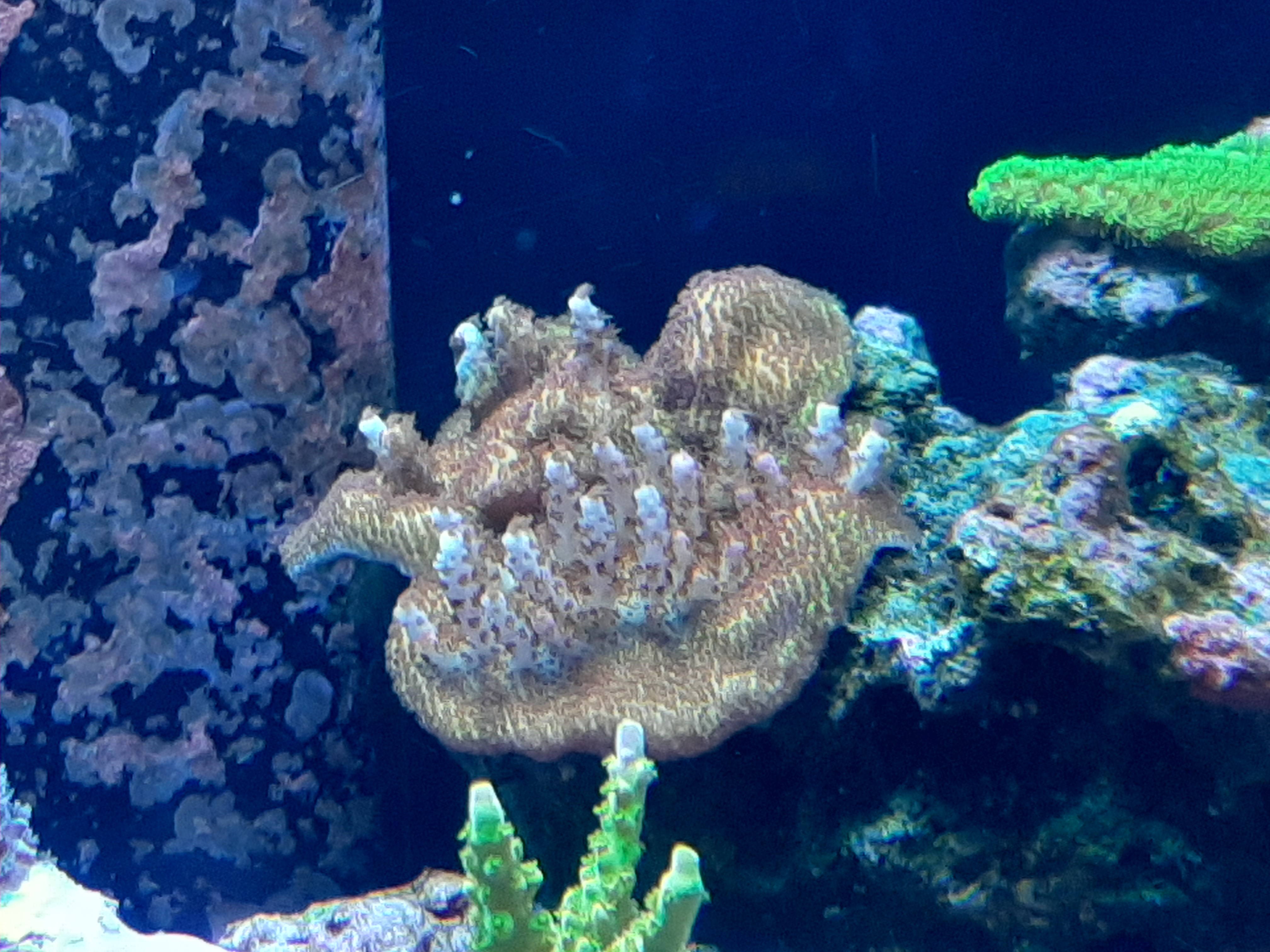I would love to add more fish. All I have is a yellow tang, two percs and a melanurus. I did also have a diamond goby but he up and vanished a couple months ago, I think consuming dinos for months may have done him in, but not sure.
I'm hesitant to add fish because I don't have any more copper and it's banned up here now. I could get some out of the States if I really wanted to. Between disease and possible aggression I am just hesitant to upset the apple cart. I would love a black cap basslet and a flame hawk though.
I'm hesitant to add fish because I don't have any more copper and it's banned up here now. I could get some out of the States if I really wanted to. Between disease and possible aggression I am just hesitant to upset the apple cart. I would love a black cap basslet and a flame hawk though.




















